PetesPockets55
Bronze Member
- Joined
- Apr 18, 2013
- Messages
- 1,728
- Reaction score
- 3,142
- Golden Thread
- 0
- Location
- Indian River Co., Fl
- Detector(s) used
- AT MAX & Carrot, Nokta Pulse Dice (:
- Primary Interest:
- All Treasure Hunting
I found this on the beach locally back in Feb(?).
I know this is probably just a natural piece but the hole is well centered and tapered so I thought I would ask for opinions and help as to whether this might be a pendant.
(Hope the images are good enough)
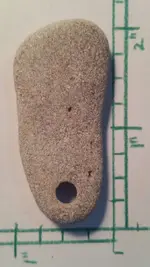
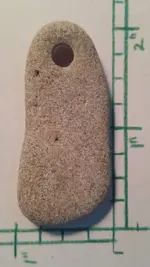
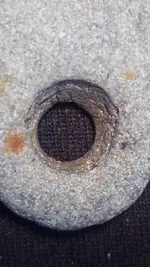
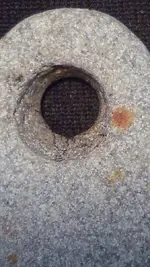
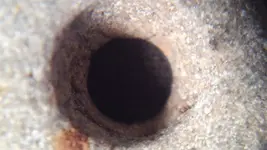
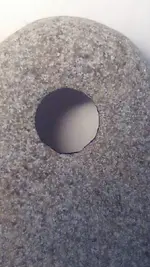
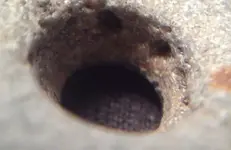
Thanks for looking and any insight you can offer.
I know this is probably just a natural piece but the hole is well centered and tapered so I thought I would ask for opinions and help as to whether this might be a pendant.
(Hope the images are good enough)







Thanks for looking and any insight you can offer.
Upvote
0

